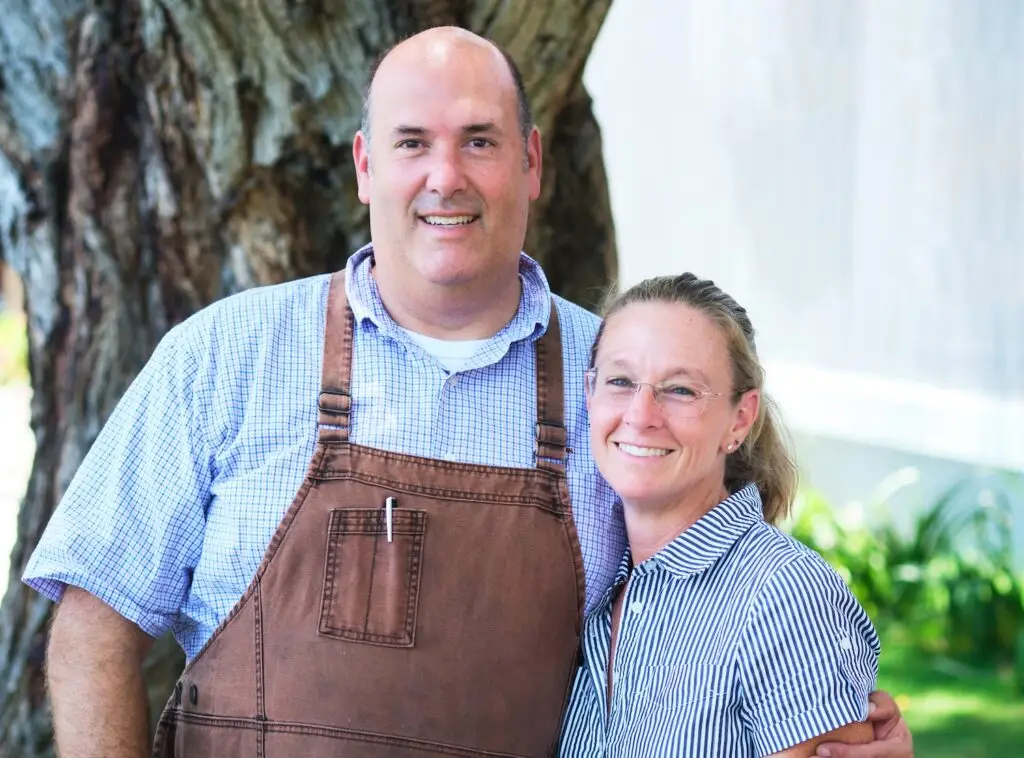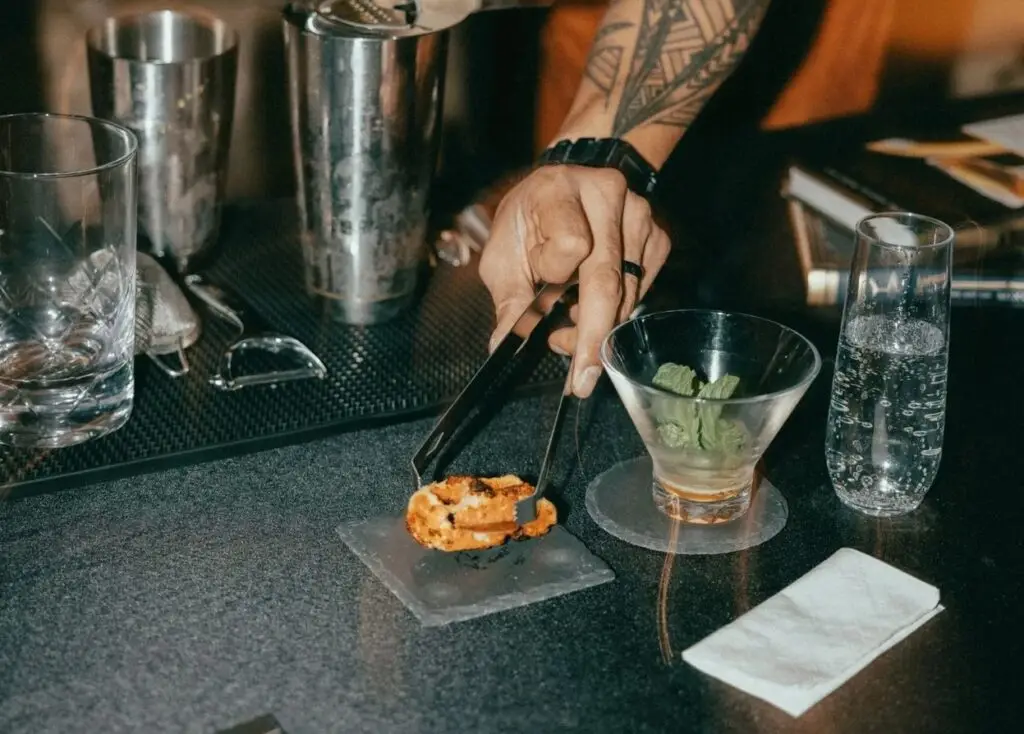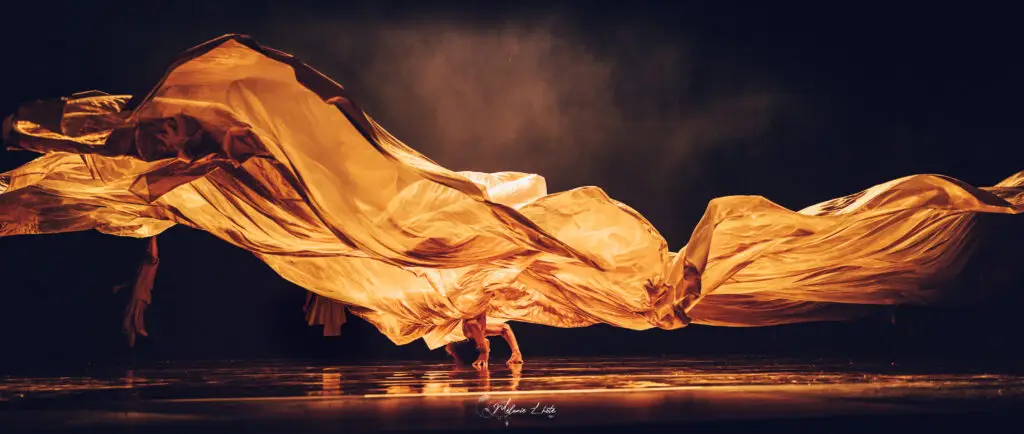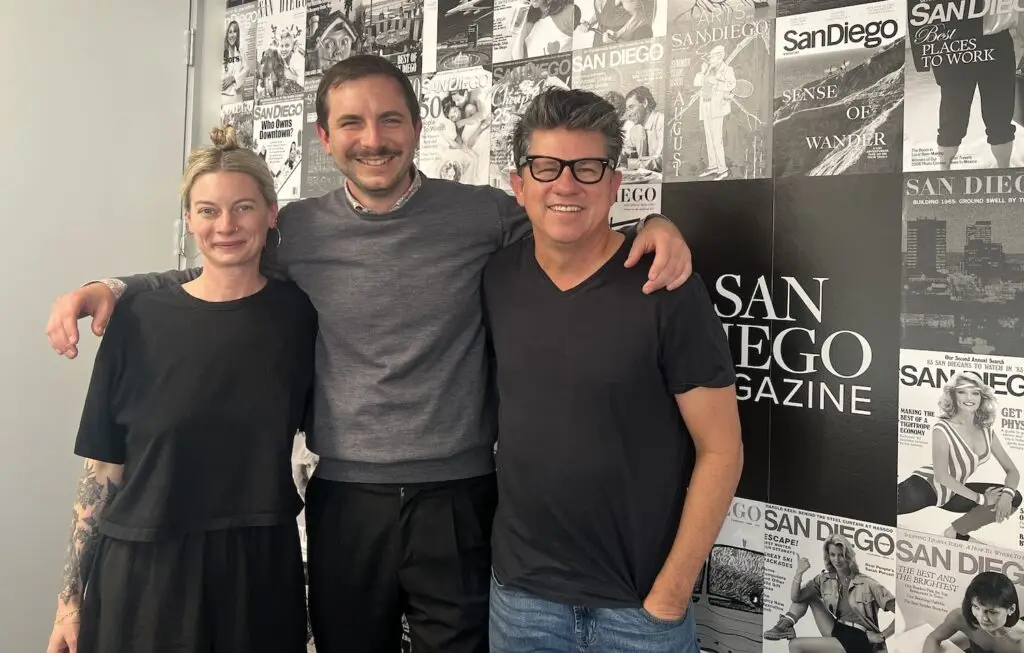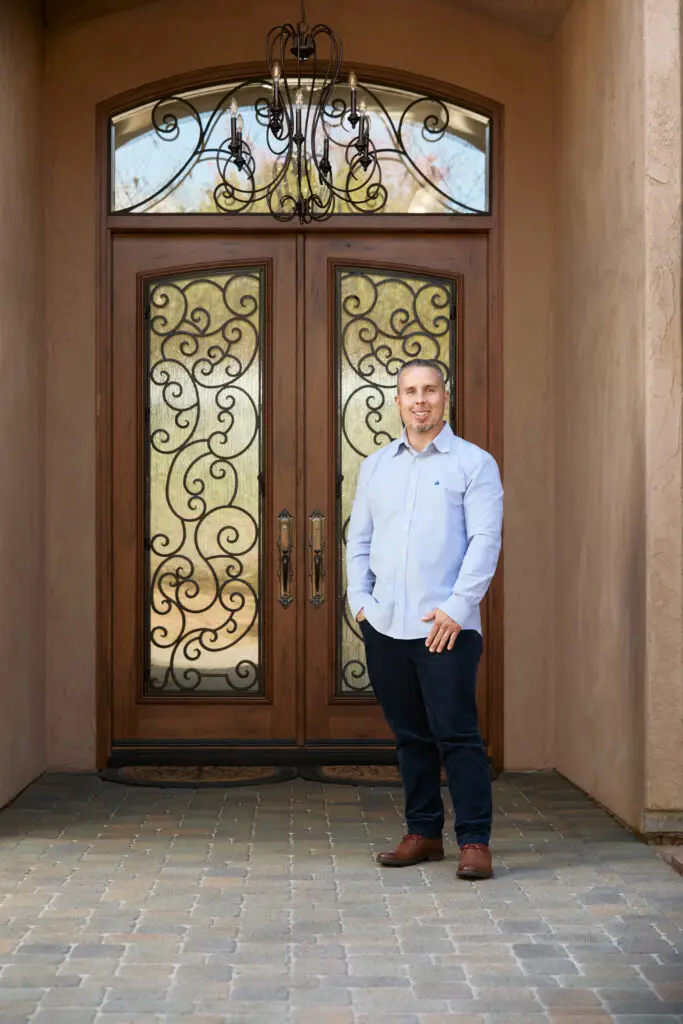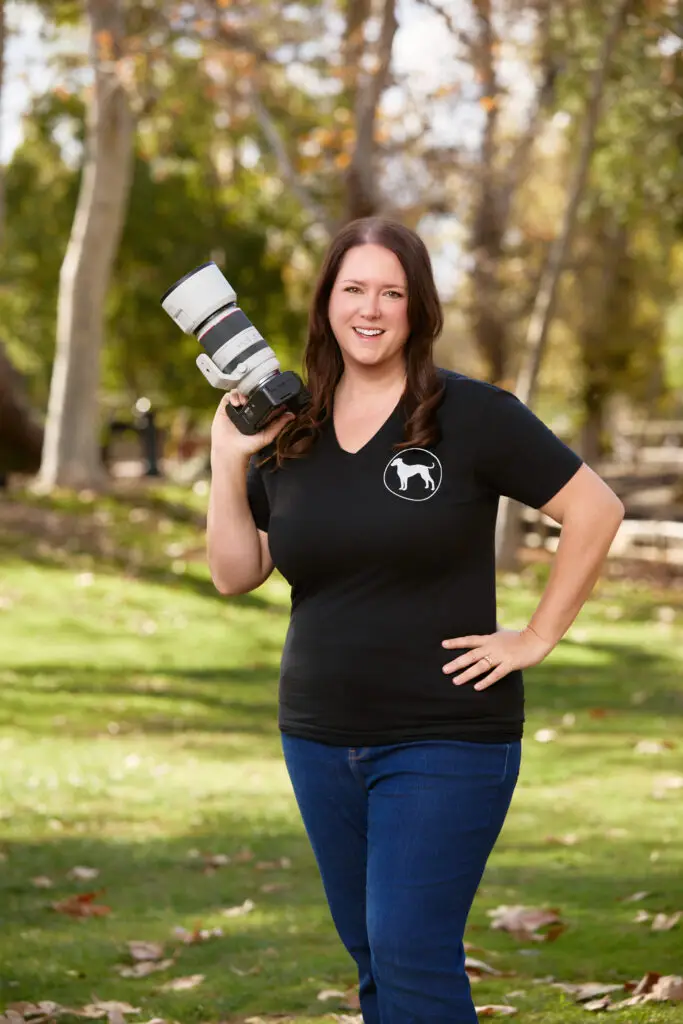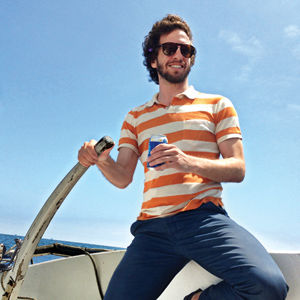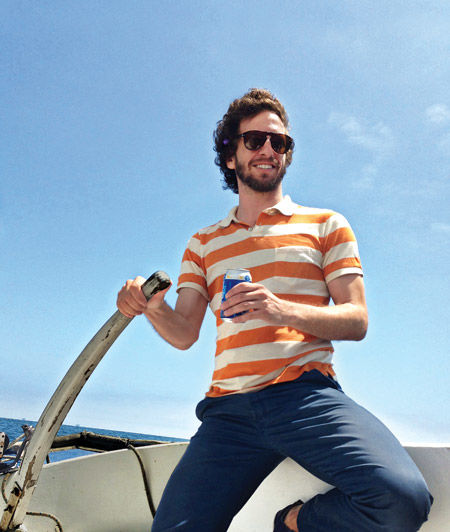
Joshuah Bearman
The Argo writer’s piece on a drug-smuggling ring in Coronado ran in GQ’s July issue. George Clooney’s already optioned the movie rights, with plans to film on the island.
How did you find the Coronado High story?
A friend of mine told me about it. He’d seen old news reports, and thought it would make a great story. He was right!
Have you ever been to Coronado?
I hadn’t before I started researching. I knew about it, of course, mostly because of the Hotel [del Coronado]. But I loved learning about the atmosphere of the place, especially in the late ’60s and early ’70s.
How did you get the guys in the drug ring to talk to you?
Well, they’re all much older now, obviously. My parents’ age. Or older. They all did some time and returned to regular lives. They have different perspectives on what this time in their youth meant. And that determined how willing they were to talk to me. But usually people want to tell their story. Especially if they have a good one. And this was a really good one. If people were reluctant, I’d send copies of some of my other stories. Usually after reading those, people would see that I was going to take time with this story, and they’d open up.
What are your overall impressions of Coronado and San Diego?
They seem like the archetypal settings for the California lifestyle. Growing up in Los Angeles, I always associated that cultural phenomenon with my city. But Los Angeles is bigger, more diverse, and has Hollywood, and rock ‘n’ roll, and real grit, whereas San Diego is more of a beachside metropolis. The Beach Boys idea that drew people to California in the ’60s—that was more San Diego than Los Angeles.
You have a thing for intrigue, espionage, scandal (don’t we all?). What writers have influenced you?
I do have a thing for all those things. But mostly I have a thing for narrative. And unusual settings or characters. My favorite writer is probably Joan Didion. Has always been, before I became a writer and since. Professionally, I was inspired by people like David Grann, Lawrence Weschler, and Bill Finnegan. They’re all nonfiction writers, great reporters and storytellers.
According to Wikipedia, you were “one half of Team USA in Walleyball, a short film by Brent Hoff about a pickup game of volleyball at the U.S.–Mexico Border”?
That was a kind of performance art project by my friend Brent, who wanted to demonstrate the absurdity of border policy by playing a game of pickup volleyball over the fence. So we went down there, called over to the other side, and got a game going. It was just like any other game of beach volleyball—two-man teams, sand, water—except the net was comprised of those 30-foot metal pylons that make the border at the beach look like some kind of castle gate from Lord of the Rings. It’s not easy rallying over that thing. It’s all on video online.
Did you know your Argo story would have such an impact?
No, I didn’t know it would be a hit. I didn’t know it would be a movie! I thought it could be. I even thought: “This could be a great project for George Clooney.” But I had no idea that wistful notion would ever materialize.
Do you find the West Coast has a strong intellectual community?
Ever since Herman Mankiewicz wrote to Ben Hecht and told him to come West because “there are millions to be made and only idiots for competition,” a steady stream of East Coast intellectual writers have come to Hollywood. Los Angeles is the other destination for writers in the U.S., and there are a lot of great ones here, not to mention the city’s vibrant art scene, which gives NY a run for its money. I’ve been lucky to work with people who still see movies and television as not just commerce but art as well.
What other stories are you working on?
PARTNER CONTENT
A memoir that is an expansion of a story I did on This American Life a few years ago. It’s about my mother, an alcoholic, and my brother, an aspiring rapper, and their life living together in a retirement community in South Florida.
